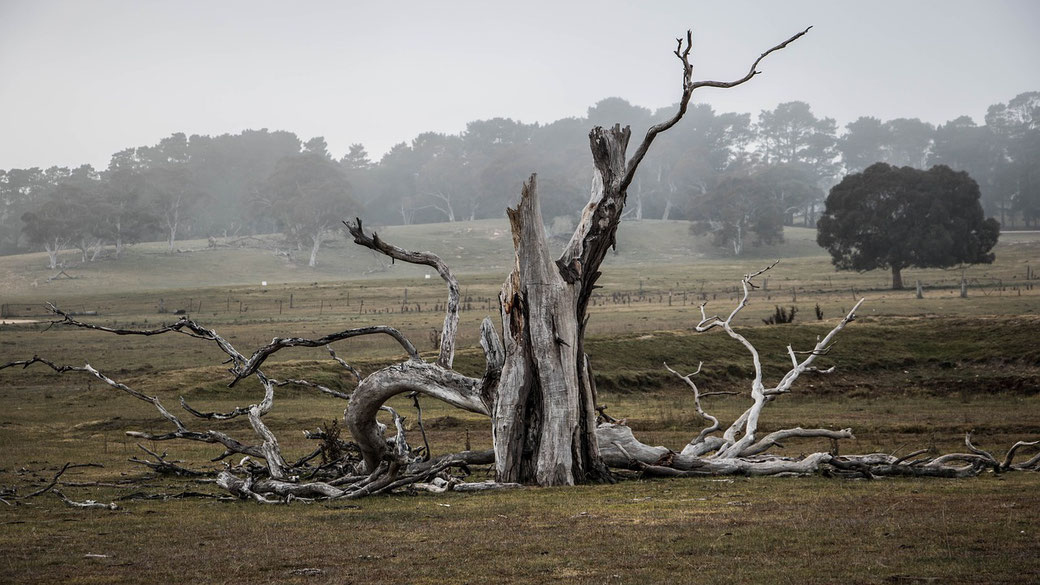Myall Creek Massacre: A horrific reminder of Australia's dark past

The Myall Creek Massacre was a tragic event that occurred on June 10, 1838, in the colony of New South Wales, Australia.
The massacre was the result of a clash between the indigenous Wirrayaraay people and a group of European settlers who had encroached on their land.
The incident remains a significant moment in Australia's history as it highlights the ongoing struggle for reconciliation and recognition of the country's indigenous people.
Background
The Myall Creek Massacre occurred at a time when the colony of New South Wales was expanding rapidly, and the native people's lands were being taken over by European settlers.
The Wirrayaraay people had lived in the region for thousands of years and had developed a complex culture that was intricately linked to the land.
However, as the colony grew, the indigenous people were forced to move further inland, leading to conflict with the new arrivals.
The attack
On the morning of June 10, 1838, a group of European settlers led by stockman John Fleming arrived at the Myall Creek station, a cattle and sheep station owned by Henry Dangar.
The group had been on a mission to find some missing cattle, and they had grown frustrated after their search proved unsuccessful.
Fleming and his men turned their attention to the nearby Wirrayaraay camp, where they attacked and killed at least 28 indigenous men, women, and children.
The trials
The Myall Creek Massacre was a shocking event that sent shockwaves through the colony of New South Wales.
The colonial authorities quickly arrested the perpetrators, and a trial was held at the Supreme Court in Sydney.
The trial was significant in that it was one of the first times that white Australians had been charged and found guilty of killing indigenous people.
However, the trial stirred a lot of controversy.
Some settlers felt that the accused men had been unfairly targeted and argued that the Wirrayaraay people had provoked the attack.
Others argued that the indigenous people were not entitled to the same legal protections as white Australians and that the massacre was simply a case of "frontier justice."
In the face of these arguments, seven of the accused men were found guilty of murder and were hanged at the site of the massacre on December 18, 1838.
The trial and subsequent executions were significant in that they marked the beginning of a shift in attitudes towards indigenous people in Australia.
The Myall Creek Massacre helped to galvanize support for the rights of indigenous people and played a significant role in the ongoing struggle for recognition and reconciliation.
Its legacy
Today, the Myall Creek Massacre is remembered as a dark moment in Australia's history, a stark reminder of the violence and injustice that indigenous people have faced throughout the country's history.
The massacre serves as a powerful reminder of the ongoing struggle for justice and equality, and it continues to inspire efforts to build a more inclusive and equitable society for all Australians.
What do you need help with?
Download ready-to-use digital learning resources
Copyright © History Skills 2014-2025.
Contact via email
With the exception of links to external sites, some historical sources and extracts from specific publications, all content on this website is copyrighted by History Skills. This content may not be copied, republished or redistributed without written permission from the website creator. Please use the Contact page to obtain relevant permission.





